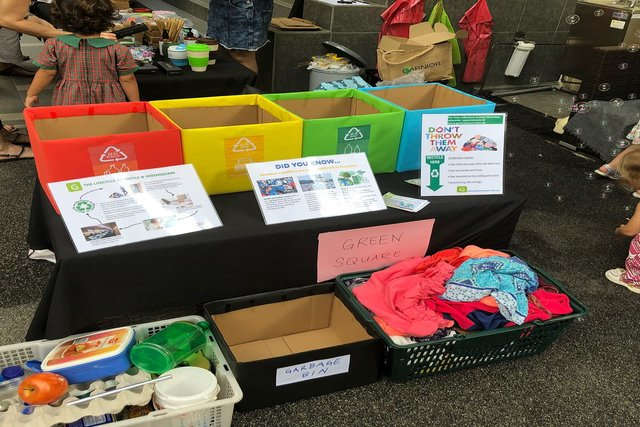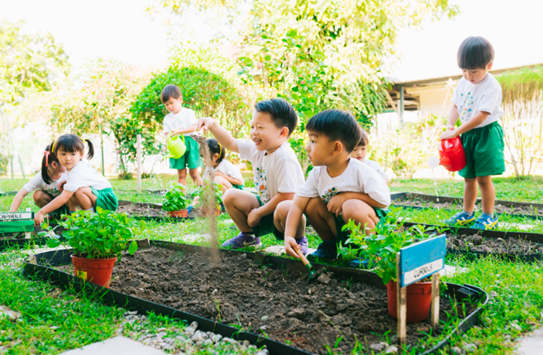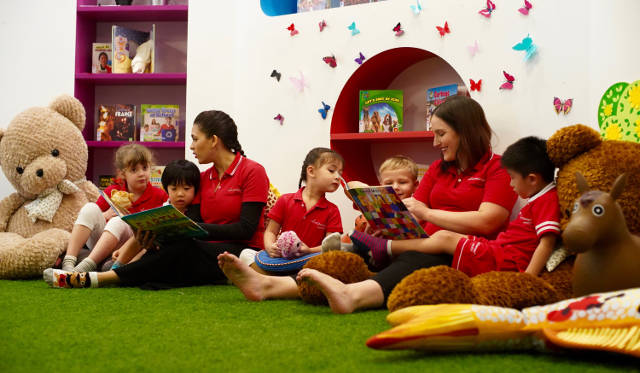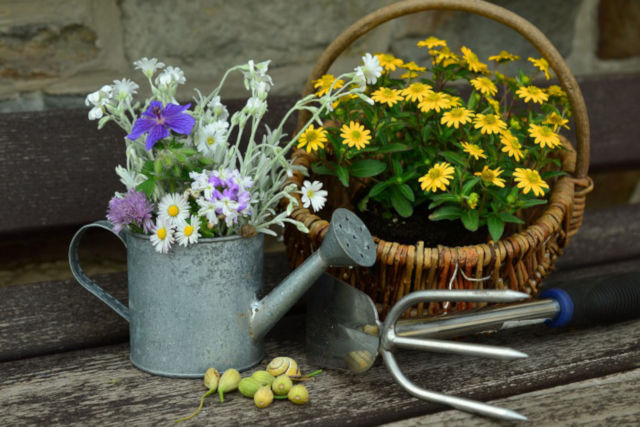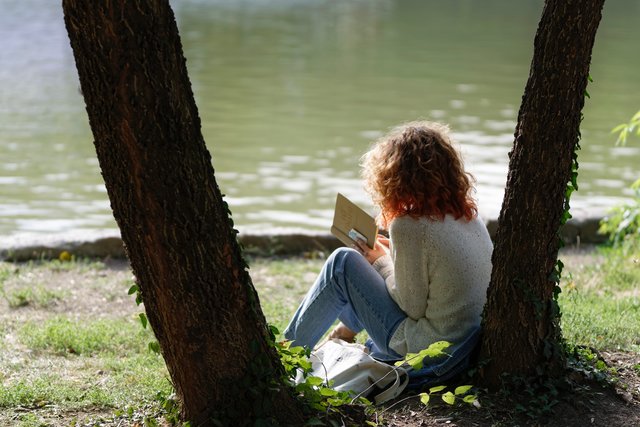16 Years to Take Action Before We Live Amongst Trash
With the recent increase in interest around zero waste lifestyle, many “traditional” items and methods from our parents’ and grandparents’ days have re-emerged as the better ways for our lives and our planet. Think stainless steel tiffin, handkerchief, loofah sponge, coconut fibre scrubber and not forgetting bar soap. What used to be seen as “old school” are now sought after by many.
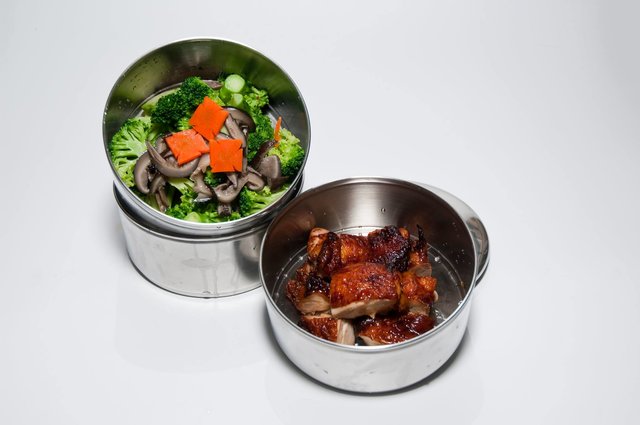
A stainless steel tiffin or more commonly known as ‘tingkat’ is normally used to store food in place of plastic containers.
Photo credit: KCK Food Catering Pte Ltd
Switching from a hand, face or body wash to a bar of soap reaps many benefits for our planet. A body wash is typically packaged in a high-density polyethene (HDPE) bottle that takes centuries to break down.
➡️ Related Read: Tingkat Delivery Services for Families in Singapore
Assuming we deplete a bottle of body wash every 2 months, at an average life expectancy of 82 years, Singaporeans would have thrown out close to 500 body wash bottles in our lifetime. And this is just considering body wash alone, excluding hand, face, shampoo or conditioner bottles.
While an HDPE bottle can be recycled, in 2018, only 4% of overall plastic was recycled in Singapore. Whatever is not recycled, ends up in the incinerator before they are dumped into our Semakau landfill. In that same year alone, more than 900,000 tonnes of plastic were disposed and Semakau is estimated to fill up by 2035, just 16 years from now. My children will only be 26. What about you?
Increasing recycling may seem like a quick solution, but recycling in itself is a complex, laborious and costly business, so the best solution is really to reduce. Besides, HDPE like other plastic is made from petroleum where its extraction is a major contributor to greenhouse gases and global warming.
With such an impact during production and centuries of potential pollution afterwards, it’s better to rethink grabbing that bottle of handwash for convenience’s sake.
To reduce single-use plastic, beyond refusing plastic bags from brick-and-mortar shops, the bathroom is one of the next easiest places to start. Compared to a bottle of body wash, a bar of soap can be completely used up with nothing left to dispose or recycle.
On top of reducing plastics, a report by Swiss scientists suggests that it takes an average of 6x more liquid hand wash (2.3g) than a bar soap (0.35g) to clean our hands. A bottle of hand wash is largely made up of water, which also increases the transportation cost and carbon footprint it generates before reaching us.
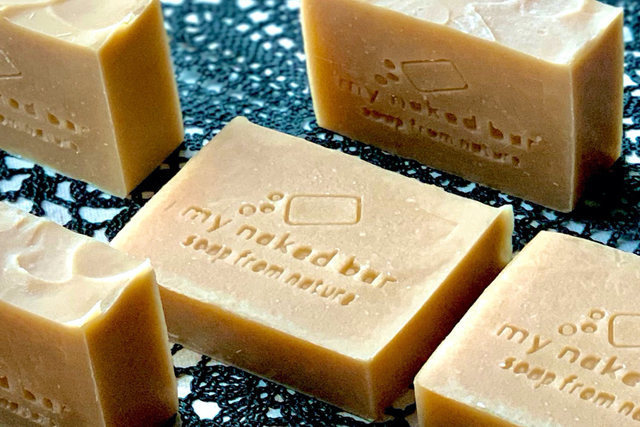
After a bar soap is used up, there is no plastic to recycle or dispose of
A body wash or shower gel, as the name suggests, is not soap. They are detergents that use synthetic ingredients such as Sodium Laureth Sulfate / Sodium Lauryl Sulfate to cleanse and lather, Triclosan for its antibacterial and antifungal properties and parabens as preservatives (look out for methylparaben, propylparaben, and butylparaben).
As they are not soap, they rely on these synthetic ingredients to mimic the properties of soap and even increase their efficacy beyond that of natural soaps. The drawback is that many of these synthetic ingredients – some sourced from petroleum, could be skin irritants and might do more harm if absorbed into our bloodstream over long periods of use.
A good bar of soap, on the other hand, not only benefits our planet but is also kind to our skin.
⇒ Related Read: Helpful Benefits of Soap
The Different Types of Soap
Soap traces back to 2800 B.C. where Babylonians first made soaps from fats boiled with ashes. And till today, that process has not changed much.
Soaps can be made in a variety of methods – Cold Process (CP), Hot Process (HP), Rebatching and Melt and Pour (MP). If you or your child has ever participated in a soap workshop that involves melting a soap base, that would be the melt and pour method.
Typically, the soap base is already pre-made and the focus of the soap-making for melt and pour method involves using your creative juices to make cute and pretty embeds to decorate the soaps.
Melt and Pour soaps are generally better than commercial soaps since they contain higher amounts of glycerin. The soap base is made of 50% soap and 50% solvent and synthetic additives may be added to improve the cleansing, lathering and nourishing properties of the bar.
MP soaps are easy to make and suitable for children and team-building workshops. They are, however, not as natural as cold or hot process soaps.
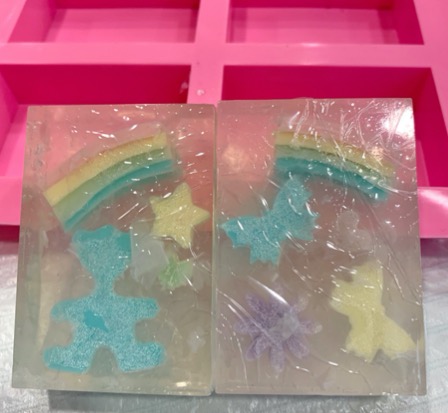
Melt and Pour soaps are great for kids as well as team-building workshops
Cold Process and Hot Process are the two methods that produce soaps from scratch. These methods produce soap by combining the triglyceride in animal fats or plant oils with Sodium Hydroxide (that soap maker fondly know as “lye”) to produce soap and glycerin.
This process is called Saponification and is the only way real soap can be produced. The key difference between the two processes is the temperature and speed at which the saponification process is completed.
In the case of the cold process, soap is formed using the internal heat generated by the saponification process over approximately 48 hours under 50 degree Celsius. After the initial 48 hours, the soaps have to be “cured” for at least 4 to 8 weeks before they can be used.
In this process, the natural goodness of the ingredients is preserved and natural glycerin (the “gem” of skincare) produced as a by-product is safely intact in the soap. Glycerin, a humectant, helps to draw moisture from the environment and keeps our skin hydrated.
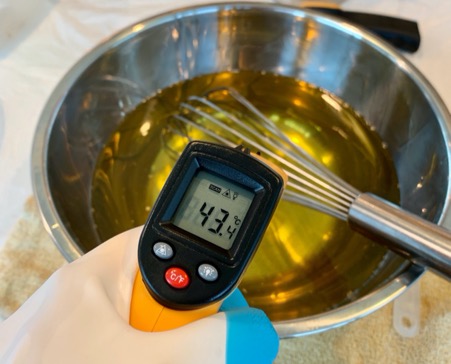
Cold process soaps are made using the internal heat generated through the saponification process, under 50 degree Celsius.
The hot process uses similar ingredients as the cold process. However, the saponification process is accelerated by adding external heat of over 100 degree Celsius for a couple of hours. The soap is ready after just a few days compared to cold process which takes weeks.
The downside of hot process soaps is that there is a higher tendency for the natural goodness of the ingredients to be destroyed during the long hours of boiling. Hot process soaps look a little more rustic and lack the smooth finish of a cold process soap.
Commercial soaps off the shelves are made via the hot process due to the shorter time required since time is money for the manufacturers. The more important thing to note is that the natural glycerin is often extracted from these soaps and put into more highly valued skincare products such as lotions and moisturisers.
In turn, synthetic glycerin is pumped back into the commercial soap, explaining why it can be sold at extremely low prices.
Rebatching, probably the least known by non-soap makers is a method that processes a ready-made soap into a new soap either to salvage a failed batch of cold process soap or to add in extra delicate additives that might not survive even a cold process.
Soaps are not made equal. Read the Labels.
So, if you are open to considering swapping to a bar of soap for our planet, you are now equipped to ask questions to make sure you get the best for your skin.
A $2 bar of soap is likely not a cold process soap, and if glycerin is included in the ingredient list, ask if it is a synthetic version that was added in or a natural by-product. A cold process soap is potentially more expensive than a hot process one, but you have more certainty that the natural goodness is intact in the former.
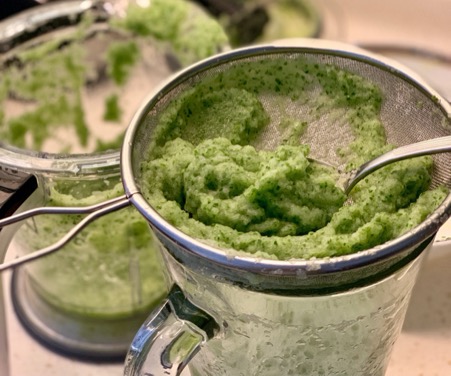
Even food from our kitchen, like cucumber and aloe vera, can be added to cold process soaps
A soap maker typically chooses to handmake their soaps to have control over the ingredients they put in. With handmade soaps, soap makers can formulate their blends of oil, select the natural additives (e.g. botanicals, herbs, clays and essential oils) and design their soaps to achieve the properties they desire.
They can opt out of synthetic fragrances and artificial colouring which are potential allergens for people with sensitive skin. Even though an all-natural soap cannot be as brilliantly coloured or as interestingly scented as a commercial soap, you can be sure of all its ingredients.
One caveat though is that handmade soaps may still have synthetic ingredients if the soap maker chooses to add them in. The only way to know is to read the labels carefully or to ask the soap maker.
For a child or adult suffering from eczema or other skin conditions, less is more. The fewer the ingredients, the lower the chances of any potential irritant that can trigger a flare-up. While a synthetic detergent does not necessarily mean it’s bad, it likely contains many more ingredients from unknown sources.
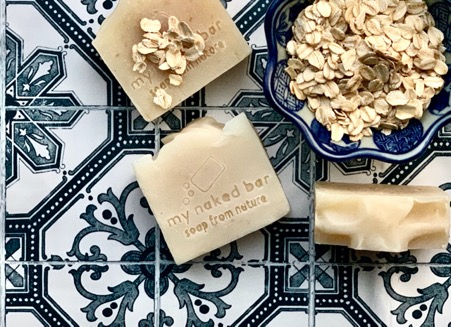
Unscented Oatmeal soaps can be an option for individuals with eczema
Besides avoiding synthetic ingredients, with handmade soaps, these individuals have the option to avoid fragrance altogether by opting for an unscented soap. They may also look for soaps that contain natural ingredients known to be beneficial for eczema-afflicted skin, such as oatmeal, turmeric, avocado oil, neem oil, etc.
These ingredients often contain anti-inflammatory properties that soothe troubled skin and reduce itching. Having said that, soaps are meant for cleansing and cannot cure any skin conditions.
For individuals with troubled skin, as with any new product, it is best to do a patch test and check for sensitivity since individual responses may differ.
Modern marketing has made the villain out of soaps, touting “soap-free” as the preferred choice and packaged convenience for a higher price. However, we now know that our ancestors had known best – that the most basic and natural ways of washing with soap could be the better way to go.
For our planet, for our children, for our skin, and even our wallet.
Text and photos by Li Ting.
Li Ting is the soap maker behind my.naked.bar – a label which she created in the hope to encourage more people to consider swapping from a bottled body wash to a good bar of soap. The soaps are bare of synthetic ingredients and unnecessary packaging. This is her little attempt to extend the lifespan of our landfill at Semakau, for our planet and our children.
* * * * *
Want to be heard 👂 and seen 👀 by over 100,000 parents in Singapore? We can help! Leave your contact here and we’ll be in touch.
Stay in touch! Subscribe to our Telegram here for all our latest updates.






































